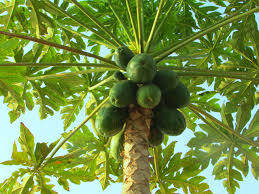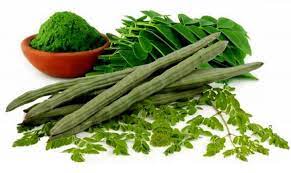
Rice is the staple food of more than half of the global population, with the Asian, Sub-Saharan African, and South American regions being the largest consumers.
Rice is an increasingly important crop in Nigeria. It is relatively easy to produce and is grown for sale and for home consumption. In some area’s there is a long tradition of rice growing, but for many, rice has been considered a luxury food for special occasions only. With the increased availability of rice, it has become part of the everyday diet of many in Nigeria.
There are many varieties of rice grown in Nigeria. Some of these are considered 'traditional' varieties, others have been introduced within the last twenty years. Rice is grown in paddies or on upland fields, depending on the requirements of the particular variety; there is limited mangrove cultivation.
New varieties are produced and disseminated by research institutes, or are imported from Asia. Some varieties of rice grown in Nigeria includes Fadama rice, Upland rice, Lowland rice and Indigenous red grain specie (Oryzaglaberrina).
Nigeria is the largest producer of rice in Africa, producing about eight million, four hundred and thirty-five thousand (8,435,000) tons annually, followed by Egypt, Madagascar, Tanzania and Mali according to the Food and Agriculture Organisation of the United Nations (FAO).
Rice milk is grain milk made by processing rice and is recommended for people who are lactose intolerant and vegan. Rice milk is known to be sourced from rice whole grains and produced through an enzymatic process. This type of milk is produced from whole grains of brown rice.
The increasing prevalence of non-dairy milk products and the rising vegan diets adoption are resulting in manufacturers substituting ingredients high in lactose content with rice milk which is driving the rice milk market.
Furthermore, with a rising number of lactose-intolerant, soy-intolerant, and nut-intolerant consumers worldwide, consumers are shifting toward rice milk consumption. Rice milk powder can also be used in baby food because it provides more carbohydrates than any other milk. Rice milk is also used in the bakery sector as a gluten-free alternative as it includes digestive enzymes that help quicker digestion and absorption in the body.
The rice milk market is projected to witness a compound annual growth rate (CAGR) of fifteen point zero four percent (15.04%) during the forecast period to reach a market size of US$731.197 million by 2027, increasing from US$274.162 million in 2020.
By Source
Organic
Conventional
By Form
Powder rice milk
Fluid rice milk
By Application
Beverages
Bakery & Confectionery
Others
Nigeria imports at least sixty percent (60%) of dairy products the country consumes, the Minister of Agriculture and Rural Development, Sabo Nanono, has said. Nigeria’s per capita consumption of milk is eight (8) litres per year, representing very low consumption levels when compared with the global average of forty-four (44) litres of milk, according to the Food and Agriculture Organisation of the United Nations (FAO).
There is high demand for milk in Nigeria. With a population of over two hundred million (200,000,000) people and an estimated national population growth rate of five point seven percent (5.7%) per annum, Nigeria has a large market for milk.
Establishing a rice milk production plant in Nigeria would enable the country to save scare foreign exchange, create employment and meet the diary needs of the country.






















